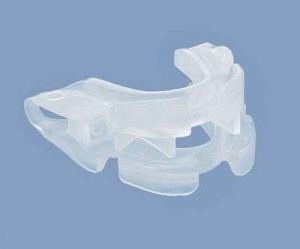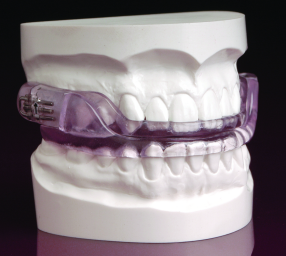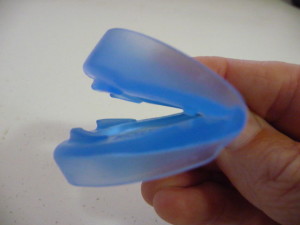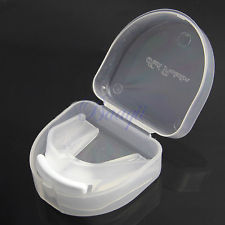Reviewing the List of Stop Snoring Devices
Snoring is more than an irritant to family members or others sleeping in the same room. Sleep deprivation increases irritability and restlessness in both the person who snores as well as these people around him/her. It affects the way they think and behave, including the way they drive. Snoring can also ruin relationships. Since consequences can be bad, it is advisable to find ways and means to stop partners from snoring. Luckily, there are special “stop snoring devices” available in the market. A few of these such as Snore Rx are also cleared by FDA for prescribing to patients.
How Stop Snoring Devices Work
To understand how these devices work, it is necessary to understand what is snoring. Basically, snoring is obstruction of air’s passage through the nose by involving the mouth, or obstructing nostrils or throat regions. The person is able to breath, but not as comfortably as he or she does when awake. When the person sleeps, the muscles near throat and chin may also relax or sag, leading to such narrowing of passage. In fact, there can be several causes for such narrowing and uneven obstruction in this air passage such as age related muscular degeneration, narrowing of throat, problems with nostril muscles, and even the variation in tongue’s position due to any dental problems. However, what is of concern for these snoring prevention device designers is that air should move in and out freely.
For this, they have to either develop a device that
-
Keeps the nasal passage open mechanically (nasal dilators and nasal strips) – Nasal dilators are plastic or metal rings, which when inserted inside the nose, ensure that nostrils remain open. Nasal strips on the other hand stretch the nostril muscles away from the center of the nose, which helps in better breathing.
-
Keeps the mouth closed to ensure that breathing is essentially through nose. (Oral varieties) – The oral varieties include chin strips and vestibular shields. Chin strips ensure that the chin does not open due to sagging of muscles around it. Vestibular shields on the other hand are held between the two jaws. These are shaped like gum shields. Plastics are used to make these devices. These shields prevent air from choosing mouth as the outlet. At times, implants may have to be inserted in palate if its vibration is identified as cause of snoring.
Obviously, both types of devices focus on breathing.
-
In addition to these two types of anti snoring tools, there is a third type of such device as well. It is known as MAD (Mandibular Advancement Device) or MRS (Mandibular Repositioning Splint). With this device, the lower jaw and tongue are pushed forward. People who need this device are those whose tongue vibrates when they snore.
Best Stop Snoring Devices
It is difficult to say which of these anti snoring devices works the best. As of now, such devices are new to the market, and so there is not much of research on their efficacy. Moreover, different devices may have to be used for different types of snoring. For example, if the person opens the mouth while snoring then oral varieties may have to be used, and if the person’s snoring is related to nostrils, then nasal varieties may be ideal. In addition to such classification of snoring, there is the intensity factor as well. People who snore slightly may be asked to use nasal or chin strips, while people who snore loudly may have to use MAD or Vestibular shields. Stop snoring devices reviews may, therefore, prove to be unreliable as effectiveness differs based on the type of snoring, and extent of the problem.
Snoring is not the same as sleep apnea. Sleep apnea is a more grave health problem characterized by shallow breathing, and also irregularity in it. Person with this problem may even stop breathing for a while during their sleep. Usually, a CRAP (continuous positive airway pressure) mask is used for people with this ailment because the problem is due to failure of respiratory system. However, MAD or vestibular shield can also be used as a sleep apnea mouth guard, provided the patient has OSA (obstructive sleep apnea) in which the tongue or other muscles fall into the airway during sleep, obstructing free air passage. Such anti snoring devices are effective in sleep apnea patients only if OSA is classified between mild and moderate.
Snoring can be stopped by using the “stop snoring devices”. For selecting the best device, however, it is necessary to know the cause for snoring. Quality of the material, comfort in using the device and design are other factors that need to be considered while selecting any of these devices.



